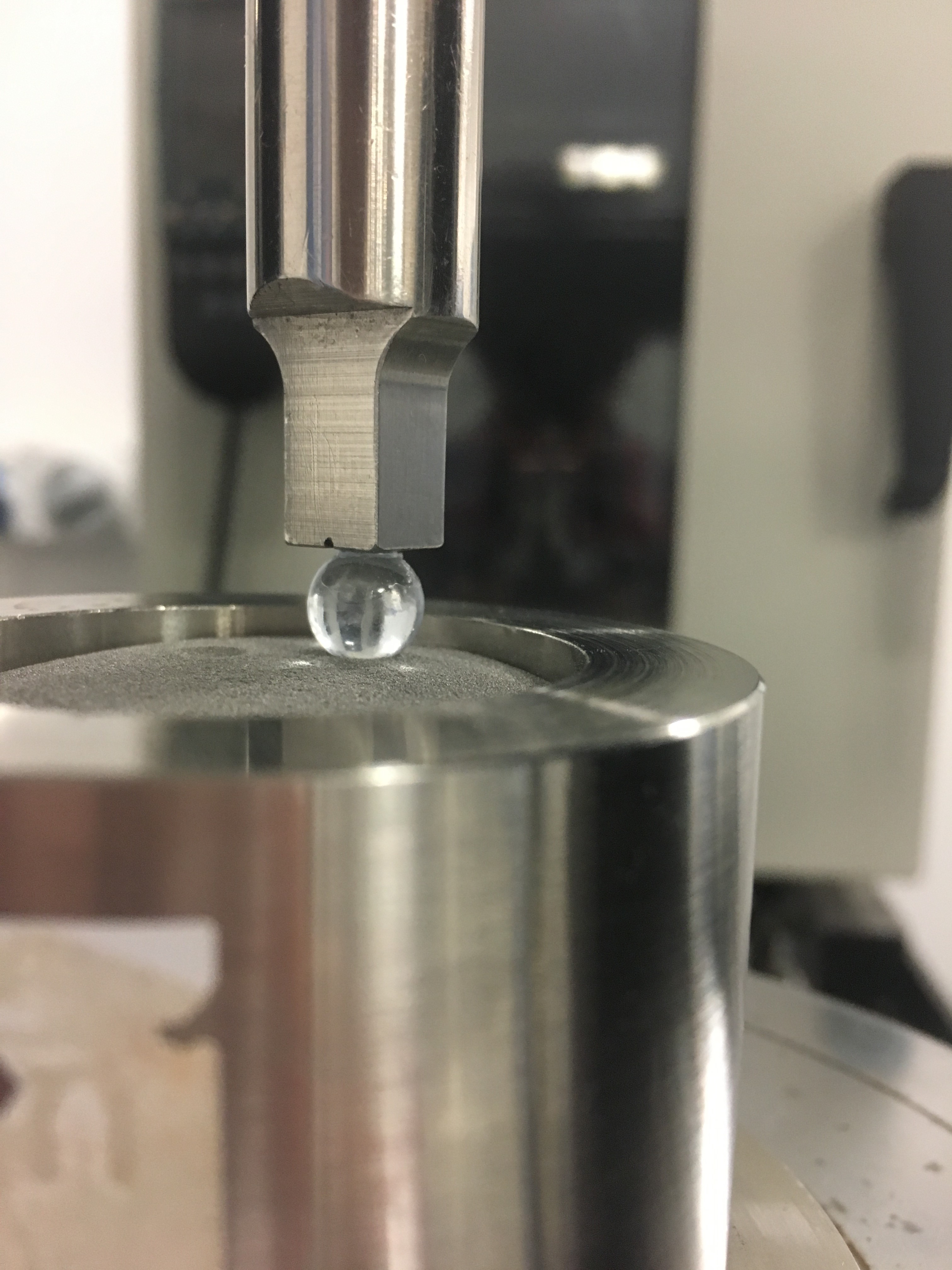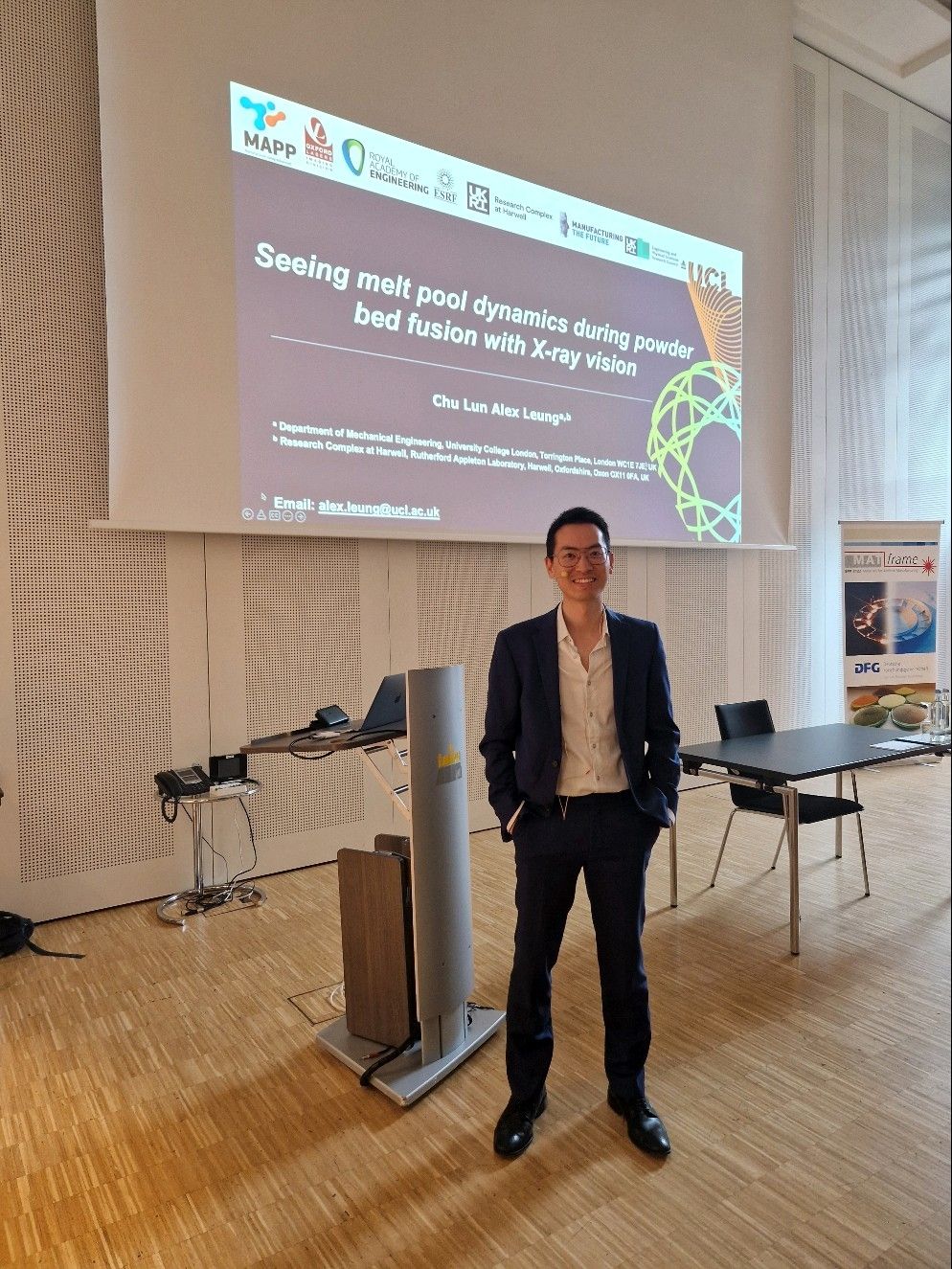All Views /
Views:
Analysis of Packing and Bulk Flow Behaviours of Powders
by Dr Mozhdeh Mehrabi
Dr Mozhdeh Mehrabi passed her PhD at the University of Leeds in 2021, she gives an overview of her work:
My PhD, Analysis of Packing and Bulk Flow Behaviours of Powders, has been a great journey working with very supportive supervisors and colleagues in the School of Chemical and Process Engineering, the University of Leeds.
In additive manufacturing, flowability which could be related to spreading is an important factor since it can affect the final product qualification or product development rate.
Powders are complex and variable and their behaviours can be affected by factors such as size and distribution, shape, surface texture, density, cohesion, adhesion, the environment they are kept in and the properties of specific equipment.
The PhD’s aims were to experimentally characterise powder properties, single and bulk, of two samples of Ti6AI4V powders in regard to the spreading process. One of the samples was produced using gas atomisation (GA) and the other via the hydride/dehydride (HDH) process.
There is not a universal test to quantify flowability, leading to some suggesting that all possible test values be considered.
The work included:
Single particle properties
Determination of the powder’s physical properties of size and size distribution, particle shape and density. the X-ray micro tomography has revealed some GA particles could have internal pores which may not be detected by other techniques.
Powder flowability characterisation
A range of different powder flowability techniques were studied and compared, including tapped density, angle of repose, powder flowmeter, Schulze Shear cell, avalanche angle, and FT4. Flow performance was evaluated by using an in-house spreading rig to reveal any possible correlation between specific flowability techniques and the packing quality of the powder layer. It indicated the GA sample had excellent flowability and the HDA sample had good flowability, which led to a better spreadability behaviour for the GA powders.
An X-ray microtomography study of ball indentation processes
A detailed study of the ball indentation technique was presented by using the X-ray microtomography technique for a better understanding of the packing behaviour of metal powders during filling, compaction and ball indentation stages. It was observed that for loose or very low compaction stages, the indentation position can have a significant influence on the value of hardness for both powders.

More:
Views
-
Joint Thai-UK research project to exchange knowledge and upskill Thai academics and engineers in optical manufacturing.
-

-

